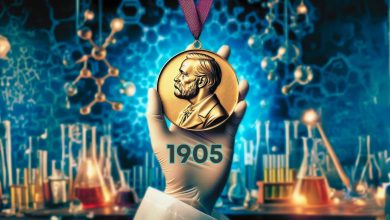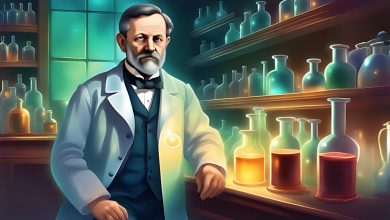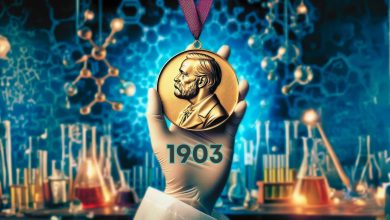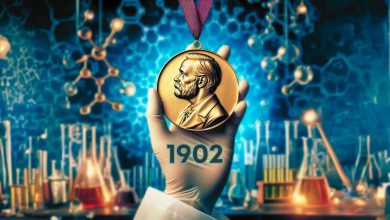Nobel Chemistry Award – 1904 – Sir William Ramsay
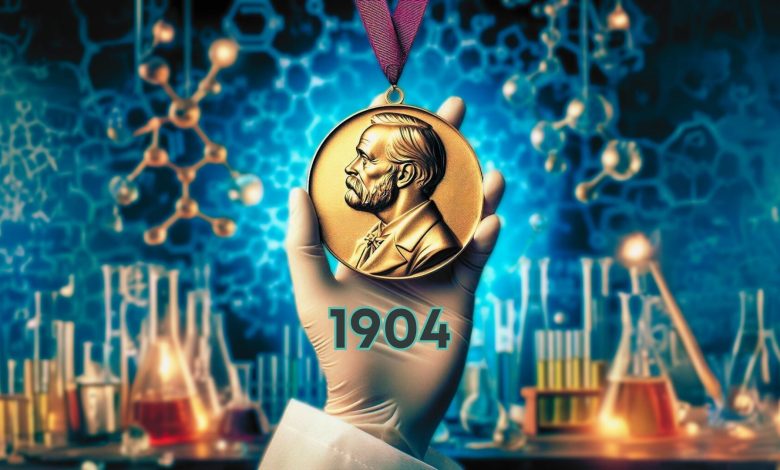
“In recognition of his services in the discovery of the inert gaseous elements in air, and his determination of their place in the periodic system.”
The fourth Nobel Prize in Chemistry was awarded to Scottish chemist Sir William Ramsay.

After working as an apprentice in shipbuilding plants, Ramsay enrolled at the University of Glasgow to study chemistry. Sometime after graduation, he went to Germany to do his PhD. Later in his career, he became the head of the Department of Chemistry at University College London – UCL (University College London), where he carried out some of the most famous and important studies of his career. The first step of Ramsay’s most important work was his discovery of noble gases.
Everything on Earth and in the universe is made up of elements and new molecules formed by elements interacting with each other. The best example of this is water, the source of life. Hydrogen gas, which is abundant in the universe, combines with oxygen, the most important part of the air we breathe, to form water. The willingness of an element to react with other structures is called activity.
As a result of his studies, Ramsay concluded that there might be a previously unrecognized element in our atmosphere. This gas was heavier than any other gas in the air and had no activity. After Ramsay shared his results with his colleague Lord Rayleigh, who helped him with his projects, he named this gas “argon”, which means inactive in Greek. After this great success, he continued his work with the British chemist Morris William Travers. As a result of his work, three new elements were discovered: neon, krypton, and xenon. These elements were gaseous, and none of them had almost any activity. After discovering these noble gases, Ramsay also worked to find their place in the periodic table. The periodic table was a table in which the elements were arranged according to the number of protons in their nuclei, and every known element discovered so far had a place in this table. Based on this information, Ramsay added these four new noble gases to the far left of the table. This placement is still valid today.
In addition to isolating and identifying noble gases, Ramsay proved that helium gas exists not only in the Sun but also on Earth. Ramsay’s isolation of helium proved that this element, which until then could only be observed in spectra from the Sun, was also present on our planet.

As a result of all this work, Ramsay was knighted and given the title “Sir” in 1902. In 1904, he won the Nobel Prize in Chemistry, and exactly 6 years later, he became the first scientist to isolate radon. Sir Ramsay died in 1916, and there is a memorial to him in Westminster Abbey Church.
References and Further Reading
The Nobel Prize in Chemistry 1904. (n.d.). NobelPrize.org. https://www.nobelprize.org/prizes/chemistry/1904/summary/
Wood, Margaret E. (2010). “A Tale of Two Knights”. Chemical Heritage Magazine. 28 (1).
Thorburn Burns, D. (2011). “Robert Rattray Tatlock (1837–1934), Public Analyst for Glasgow” (PDF). Journal of the Association of Public Analysts. 39: 38–43.



